365 Diapers (Whole Foods) are ECF, and free of fragrance, latex, and TBT. We are also calling them Sneaky Stuff because of their lack of disclosure about phthalates, dyes, and lotion.
Price per diaper: $0.24
Earth’s Best Tendercare Diapers At first glance these diapers appear to be at least Good Stuff: they use a “plant based plastic” for their top-sheet and back-sheet and a cellulose fluff/SAP/bio-SAP core. However, there is no info on whether Earth’s Best diapers are phthalate-free or lotion-free. They do claim to be dye-free, but don’t give any info on what is used for the print. There is a general absence of transparency about the composition and percentage of the diaper that uses “plant-based plastic.”
Price per diaper: $0.32
Huggies Diapers are ECF, and free of fragrance, lotion, latex and parabens. The label states that they are “EU 26 allergens free,” as well. I’m not moving them from Sneaky Stuff because they do not disclose any information about phthalates, dyes, or the composition of the back-sheet.
Price per diaper: $0.59 to $0.88
Kirkland Signature Diapers As many of you know, Kirkland has made some great improvements to their diaper, and now appear to be free of latex, chlorine, fragrance, lotion, and artificial dyes. That said, there is no evidence that they are free of phthalates (we chatted with a rep and they said that they were unable to provide an answer about phthalates) and of course they are still made of petroleum-based plastics. They state that “some of the polyethylene is made from sugar cane” I would like say they’ve upgraded from Bad Stuff to Okay Stuff, but with a lable that boldly claims that these diapers are “made with plant-based materials,” coupled with the lack of transparency on phthalates, we have to call these green-washed, and therefore Sneaky Stuff.
Price per diaper: $0.26
Mamma Bear (Amazon brand) are ECF, fragrance free, latex free and hypoallergenic, but have no further information available. Mama Bear gets a “Sneaky Stuff” designation for lack of disclosure about phthalates, dyes, and lotion.
Price per diaper: $0.16
Rascal & Friends Premium Diapers A few of you asked about this brand, but the response we received was: “Unfortunately, we are unable to provide a detailed ingredients list of our diapers, as this is commercially sensitive. We are proud to say that our products are free from formaldehyde, elemental chlorine, phthalates, parabens, gluten, and endocrine disruptors. We also have a focus on no nasties, and our diapers contain no latex or fragrances and we only use water-based inks! The inks we use are non-toxic and completely harmless to baby’s skin.” Without more details on what is in these diapers, we will consider them Sneaky Stuff.
Price per diaper: $0.22
Up & Up Diapers (Target) are Sneaky Stuff because the label states “petroleum-free lotion” and “perfume-free” as opposed to simply being lotion-free and fragrance-free, although we did confirm that they do not contain phthalates.
Price per diaper: $0.43

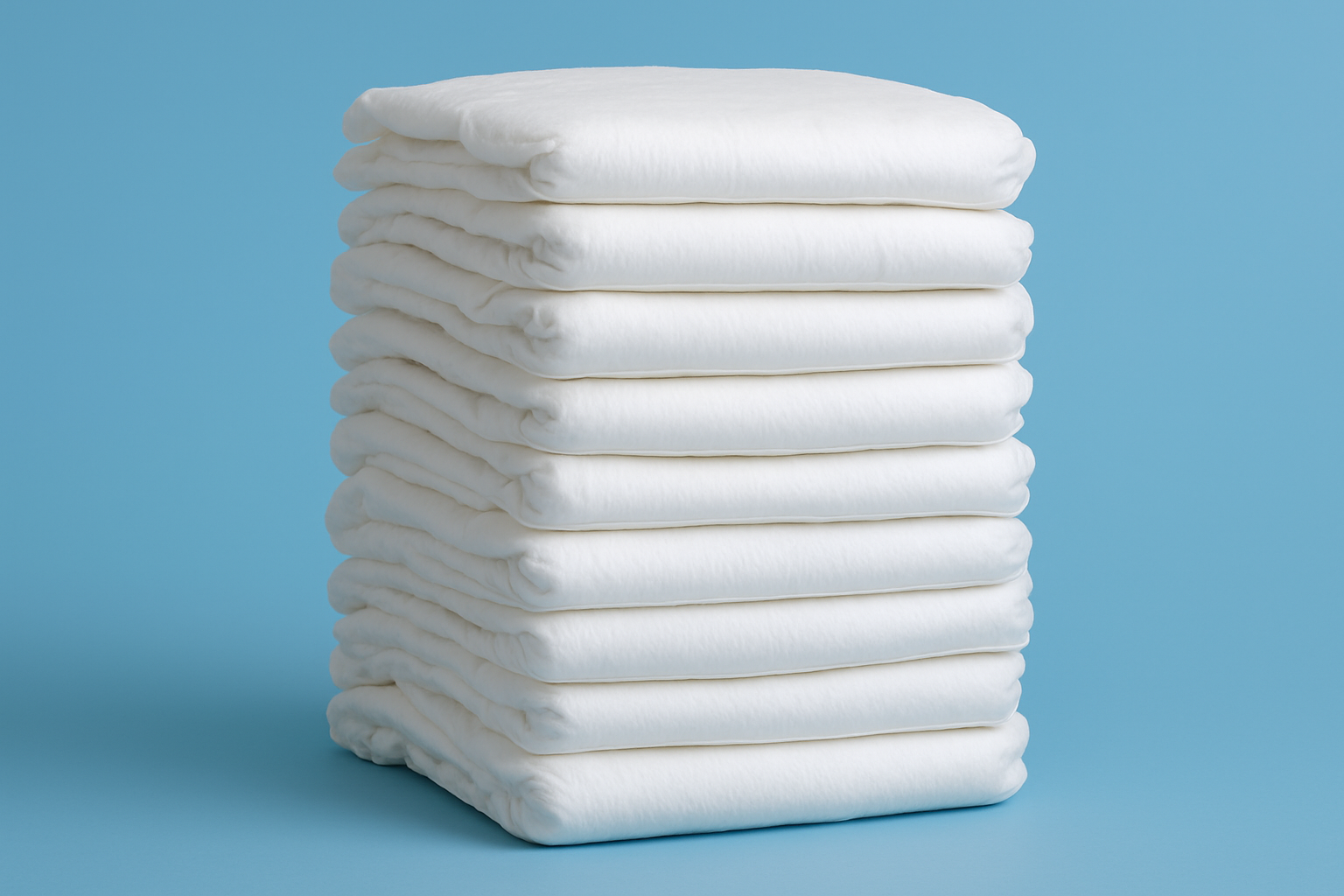






































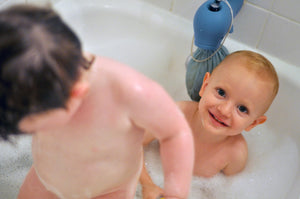

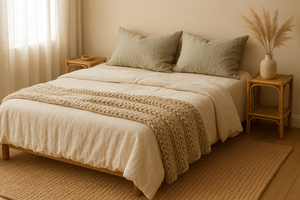
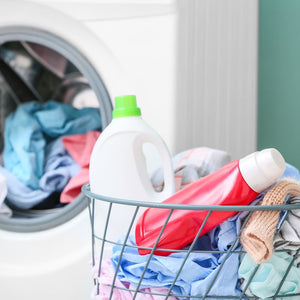
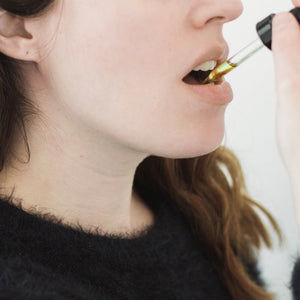
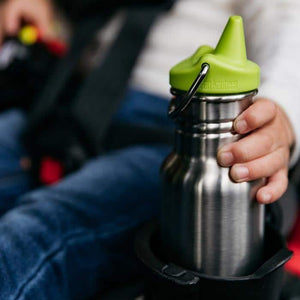
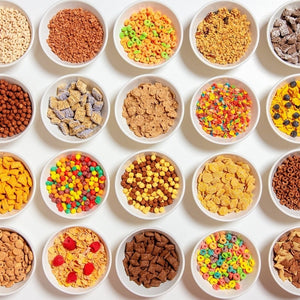
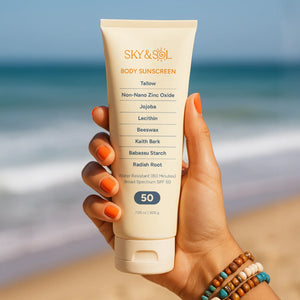
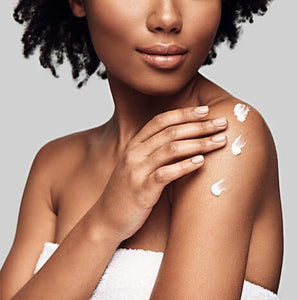

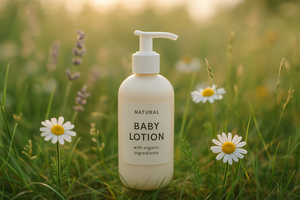
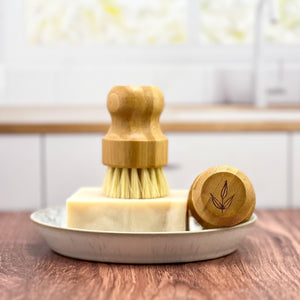
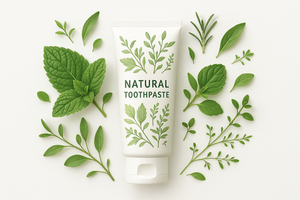

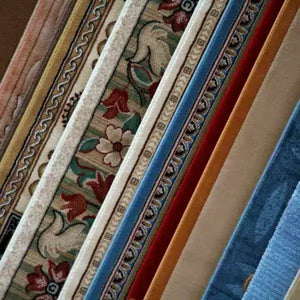
268 comments
Jess
I tried happy little campers and my daughter got bad diaper rash. I gave them a chance that it wasn’t just a fluke thing, I used the whole box of diapers and kept putting diaper cream on her. It would clear up and then come back. She doesn’t usually get diaper rash very often with other brands
Jordana
We’ve used the training pants from Healthy Nest for our almost 5 year old and think they’re great! They are a little tight so he asks for help to take them off most times but for a 6 year old I’m sure they would work well.
Caitlyn
Have you looked into freestyle world diapers they are new. What are your thoughts on the diapers and how do you feel they qualify?
Tavia
I have used Happy Little Camper diapers and they are great! For comparison, I used to use Huggies special delivery and HLC holds up just as well. I tried Hello Bello for a brief time and it couldn’t handle the nighttime urine at all.
Cynthia
Thank you so much for these amazing guides! I’ve been using Dyper for the last 10 months and was excited about both the clean product and the Re-dyper composting program (and honestly the absorption performance is amazing on these). We don’t have a municipal composting site close to our house, so I loved the idea of a composting program that the company coordinates for you. Dyper is still new and has changed things without notice (pull up sizing, packaging), but I was VERY disappointed when they changed the Re-dyper program cost without any customer notice for a subscription. I was paying $10/month and suddenly they charged me $60/month without letting me know or one last month for grandfathered customers. I’ve worked in CPG for a while and a change like that without notice is unheard of. I am now planning to try one of the other brands on this list, but just a warning for anyone trying Dyper is don’t be surprised and keep an eye on your subscription costs!